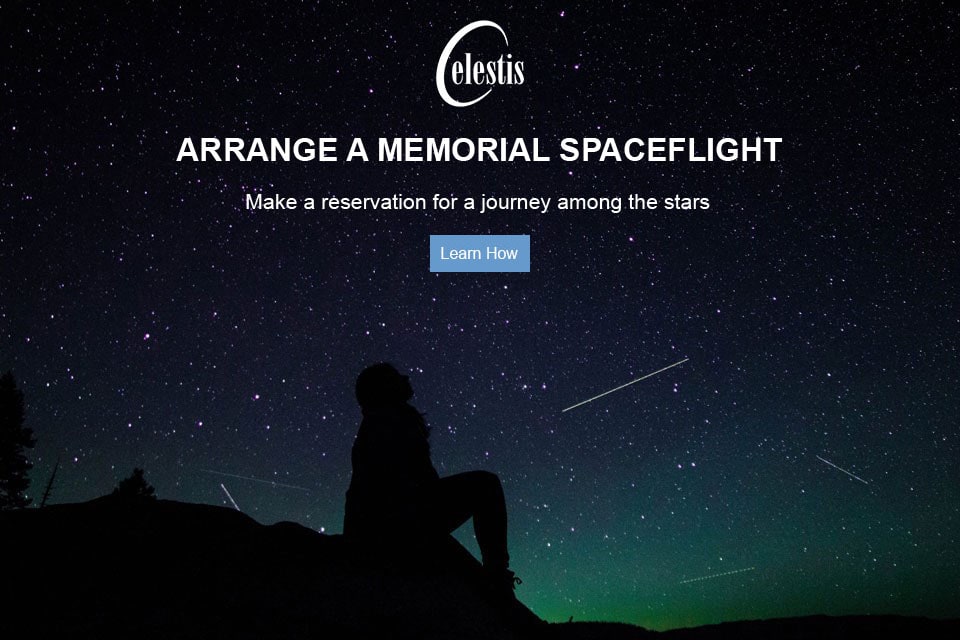Celestis’ Tranquility Flight: Our Moon and Why We Explore It
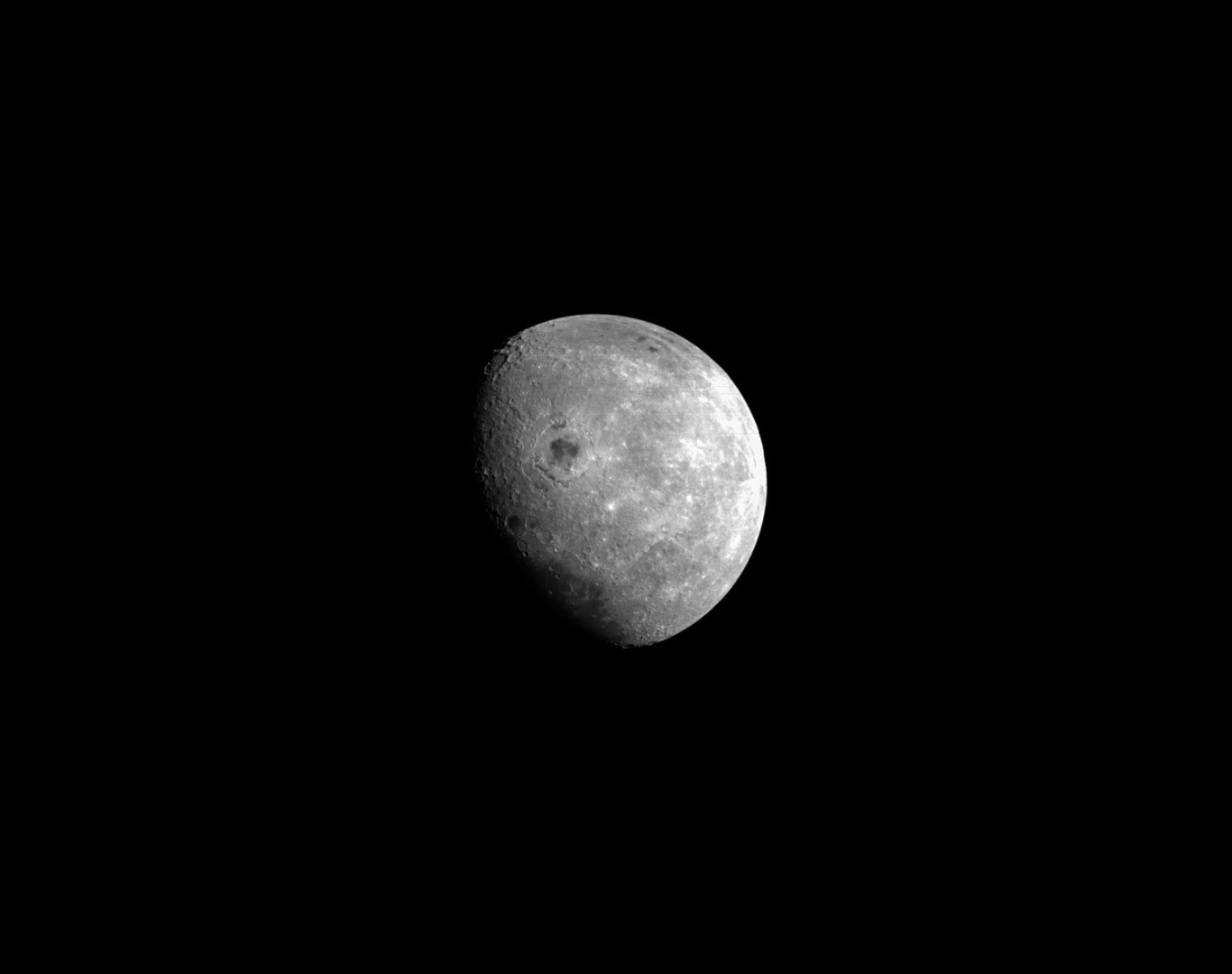
Photo of the Moon during Artemis 1's sixth flight day. 2022 photo credit: NASA
The Earth’s Moon – the globe of volcanic rock that lies approximately 240,000 miles from our planet – has inspired art, poetry, literature, and music throughout the centuries. It even inspired a retro video game - Lunar Lander, released by Atari in 1979, which allowed single players to "land" a lunar module upon the Moon's surface. Its enigmatic nature remains despite it being explored by humans during NASA’s Apollo lunar missions.
The view of the Moon up close was enough to render the United States’ toughest test pilots speechless. Astronaut Michael Collins, who orbited the Moon during Apollo 11 in July 1969, wrote about our closest natural satellite: “The moon I have known all my life, that two-dimensional, small yellow disk in the sky, has gone away somewhere, to be replaced by the most awesome sphere I have ever seen. To begin with it is huge, completely filling our window. Second, it is three-dimensional. The belly of it bulges out towards us in such pronounced fashion that I almost feel I can reach out and touch it… The vague reddish-yellow of the sun’s corona, the blanched white of earthshine, and the pure black of the starstudded surrounding sky all combine to cast a bluish glow over the moon. This cool, magnificent sphere hangs there ominously, a formidable presence without sound or motion, issuing us no invitation to invade its domain. Neil [Armstrong, Apollo 11’s commander] sums it up: ‘It's a view worth the price of the trip.’ And somewhat scary too although no one says that.”
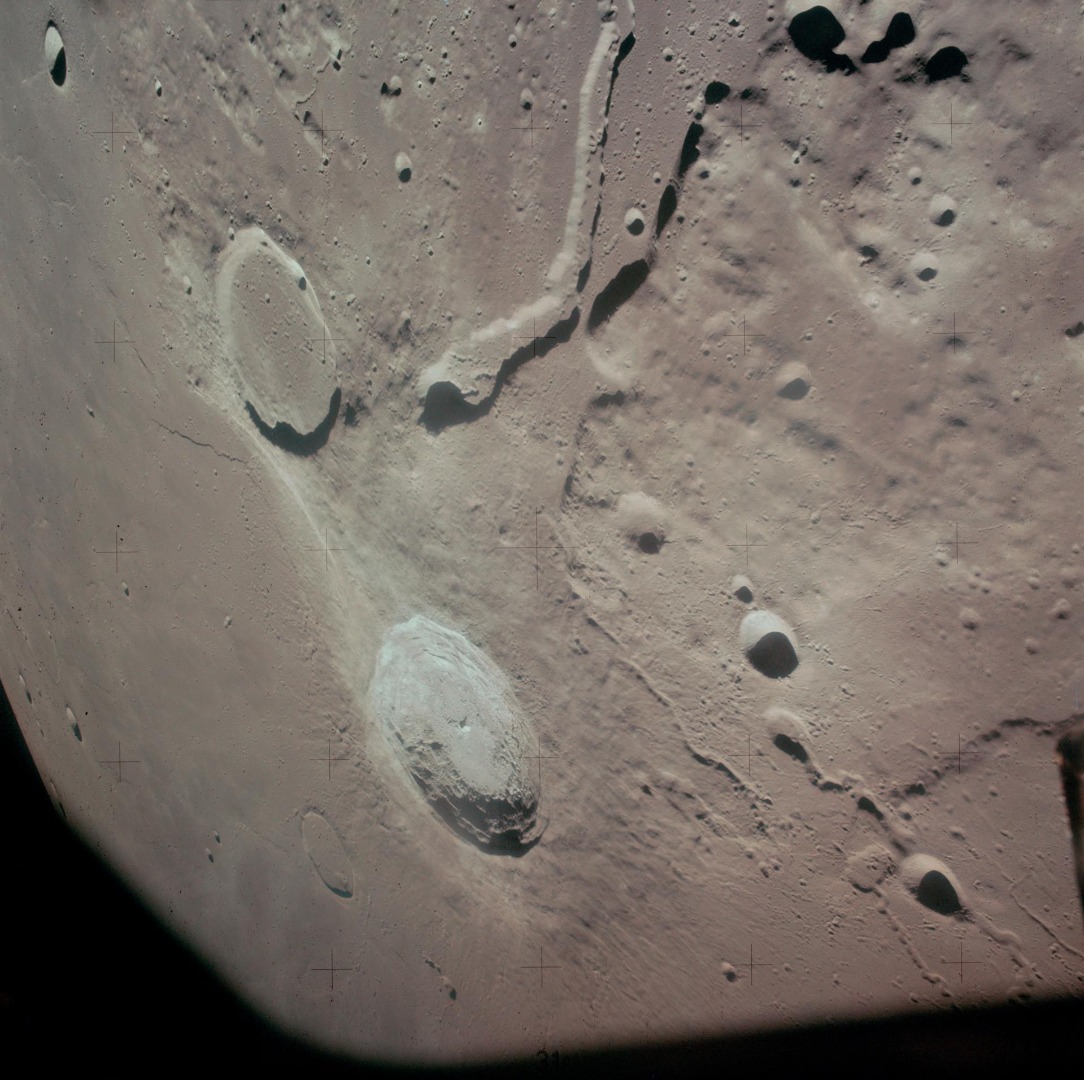
"An oblique view of a portion of the lunar nearside located near the northeast edge of the Ocean of Storms (Oceanus Procellarum), photographed by astronaut Alfred M. Worden, command module pilot, from the Apollo 15 spacecraft in lunar orbit, showing the bright-appearing crater Aristarchus on the left, the crater Herodotus on the right, and Schroter's Valley at lower right." 1971 NASA photo
Apollo 13 astronaut Fred Haise, who will speak at the Tranquility Flight, wrote in his recently released book Never Panic Early: “I…felt strange and lucky to have a firsthand look at this landscape that could only be seen from the vantage point of a spacecraft orbiting the Moon. The back side differed from the front side that we are familiar with from Earth – it was rougher looking, with craters upon craters. The primary colors were shades of gray and a few white areas that I assumed were newer craters. Just as when I witnessed the shrinking Earth, these novel aspects of the Moon made me question whether I was really seeing what I was seeing.” The multifaceted Moon is more than just an inert, grayish ball in the night skies, as it controls the Earth’s tides.
In early 2023, over 50 years since NASA’s final Apollo mission, Celestis Memorial Spaceflights Tranquility Flight will proudly be a part of the world’s first commercial lunar landing. Astrobotic’s Peregrine Mission One is poised to perform the United States’ first soft landing on the Moon since Apollo 17 landed in December 1972. Within its DHL MoonBox, it will carry brave passengers who will be among the first humans to receive a lunar burial, following the “footsteps” of a famed lunar scientist who also rests upon the Moon’s surface. Eugene Shoemaker, who supported the Apollo lunar landings, received a Moon burial in 1999 during Celestis’ Luna 01 mission aboard NASA’s Lunar Prospector spacecraft. The Peregrine lander will also carry a suite of scientific instruments to explore our mysterious neighbor further.
Why Explore The Moon?
Many ask: why explore the Moon on foot or robotically? While the Apollo lunar missions of the 1960s and 1970s were in part politically motivated, the Moon may yield materials that could be useful in future space manufacturing. For example, during the 1970s, the father of space settlements, Dr. Gerard K. O’Neill, hypothesized that a “lunar mass driver” could transport lunar materials to other regions in space, where they could be synthesized into space habitats – thus eliminating the need to launch large, expensive rockets from Earth. In addition, it has long been thought that deposits of ice water may lurk near the Moon’s polar regions. This water could be helpful in multitudes of ways in establishing human settlements on the Moon, from acting as a propellant for spacecraft to providing drinking water.
Moreover, another reason why the Moon deserves exploration involves lunar science. Geologists have long been fascinated by the Moon’s terrain; during Apollo 17, astronaut Harrison “Jack” Schmitt – the only geologist to walk on the Moon – discovered “orange soil,” which hearkens back to the period when the Moon was volcanically active. Scientists are also interested in possibilities such as terraforming the Moon’s surface for possible extended human missions, as it has been proven that plants can grow in lunar soil. While the Apollo program did allow for some scientific experiments on the Moon, it was not a priority of the program, which frustrated many scientists. Since Apollo, many American spacecraft have orbited the Moon, extensively mapping its surface features and gravity.
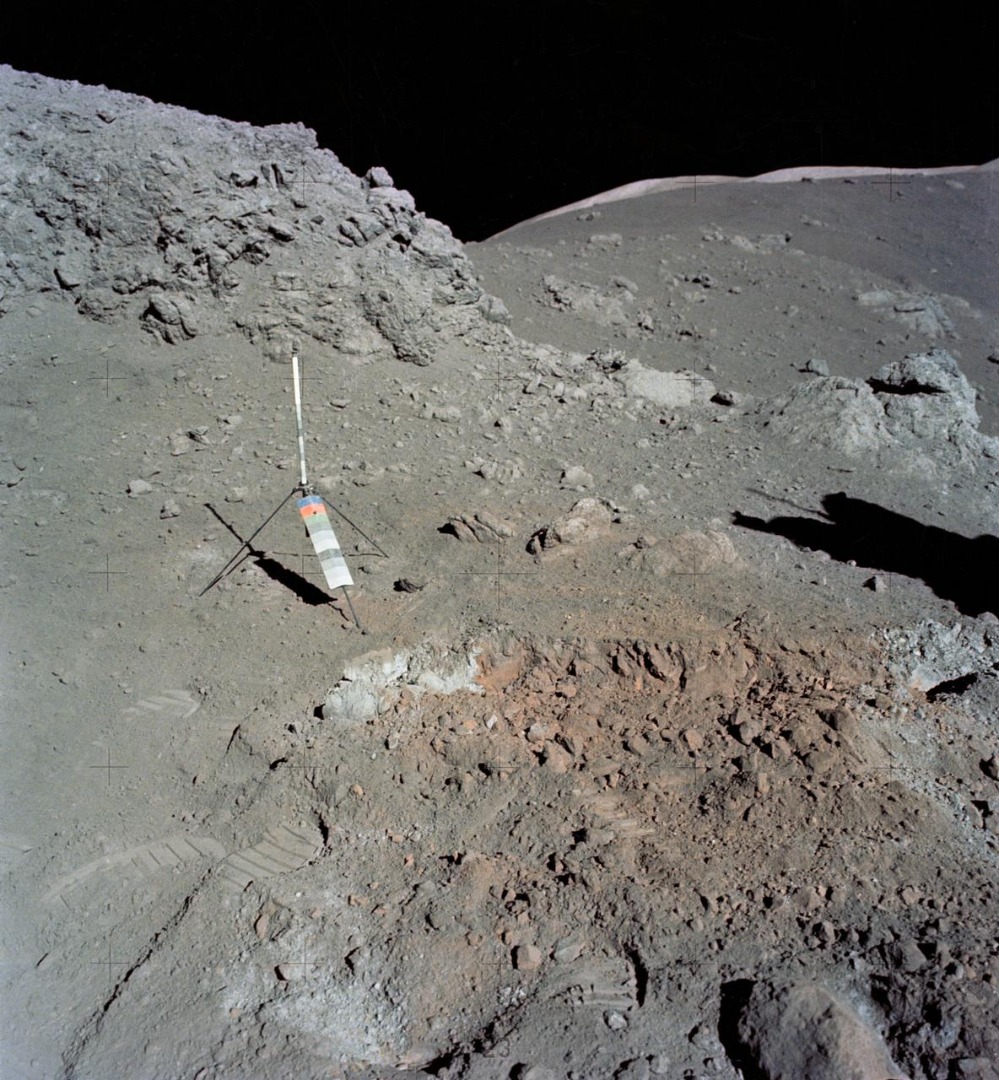
A view of the "orange soil" discovered during Apollo 17. 1972 NASA photo
But soon, Peregrine will land in the Moon’s Lacus Mortis region, described as “a hexagonal-shaped plain of basaltic lava flows in the northeastern part of the Moon's near face.” Why is this area attractive? Because it is a plain consisting of lava flows, it is theorized that lava tubes may lie underneath its surface. Such a discovery could change what lunar scientists know about how the Moon – and Earth – came to be. The Peregrine lander is loaded with instruments, including a small lunar rover, Iris, built by Carnegie Mellon University, to investigate this region. NASA is also carrying several instruments on board, as this mission fulfills part of its Commercial Lunar Payload Services (CLPS) program. Astrobotic’s next-generation lander, Griffin, is on course to launch in late 2024 carrying NASA’s Volatiles Investigating Polar Exploration Rover (VIPER) to the Moon’s South Pole on a journey to hunt water sources; it is also a CLPS mission.
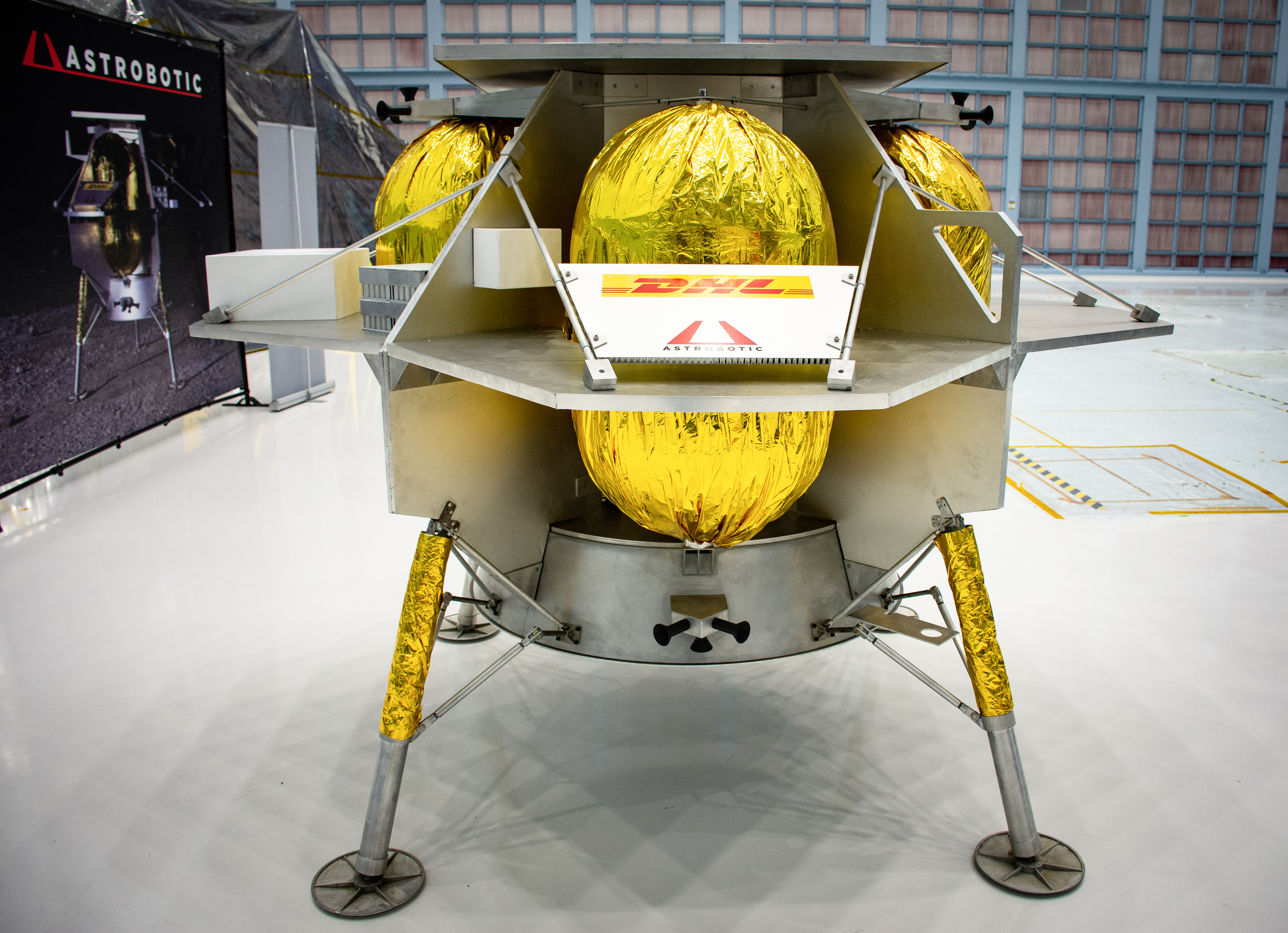
A model of Astrobotic's Peregrine lander. Photo credit: NASA Goddard
It can be stated that 2022 was “the year of the Moon.” In November, Artemis 1 launched triumphantly from Florida’s Kennedy Space Center atop a mighty Space Launch System heavy-lift rocket, which was visible throughout the Eastern seaboard. Its 25-day-long mission returned exquisite views of not only the Moon but also our humble home planet, which resembled a blue-green jewel draped in front of a black velvet curtain from a quarter of a million miles out. Artemis 1 appears to have been a resounding success, paving the way for future Artemis missions – which will see the first woman and first person of color walk on the Moon for the first time in human history.
It also appears that 2023, 2024, and beyond will solidify NASA’s “return to the Moon.” Astrobotic’s Peregrine lander will be part of Earth’s return to exploring our omnipresent yet mystifying satellite – and Celestis Memorial Spaceflights is proud to be a part of it as the Tranquility Flight establishes an outpost of humanity on the lunar surface.
*****
Celestis’ Destiny Flight, the next Luna Service after Tranquility Flight, is open for reservations. Please visit our website for more information.

